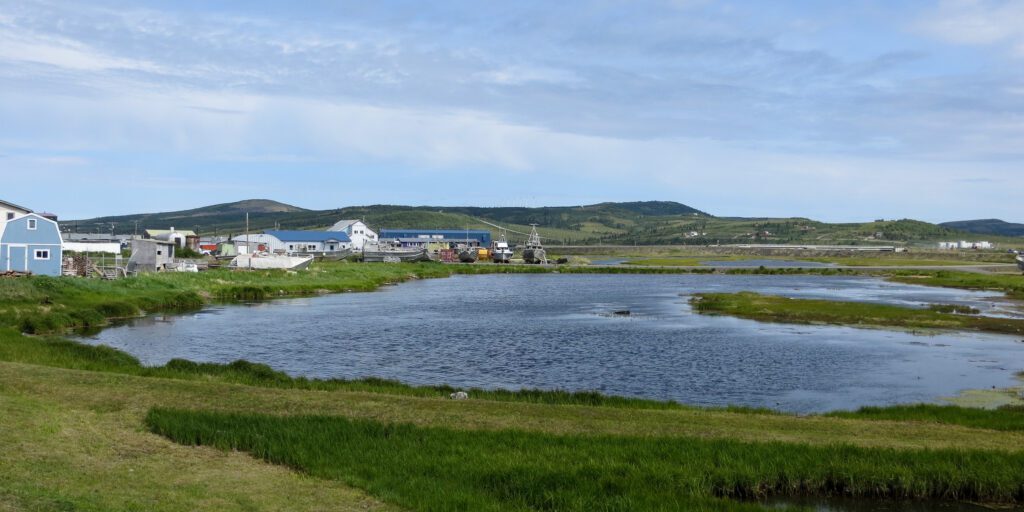Local Norton Sound residents will help the United States Coast Guard respond to emergencies such as oil spills and rescue efforts.
The Coast Guard is training a remote response team of seven Unalakleet locals to fly unmanned aircraft systems, or UAS.
Dr. Jessica Garron from the Alaska Center for UAS Integration is the head of the project, and said a task force like this has never been created before.
“There’s been no organized training program put into place like this. Period. This is it. That’s why everybody’s watching,” Garron said.
John Henry, Deputy Director of the Native Village of Unalakleet, first proposed the project to the Bureau of Indian Affairs in 2018. He wanted to understand the feasibility of using a local UAS team to not only respond to climate-related challenges but to improve community resilience, independence, and decision-making. The study looked at areas such as coastal erosion, water quality, wildlife, and historical and cultural site identification.
Henry, Garron, and Margaret Hall, associate director of the Model Forest Policy Program, then proposed the project to the Arctic Domain Awareness Center in 2019 as a way to provide assistance to USCG’s efforts.
“Emergency response support is a key overlap for the US Coast Guard and Unalakleet. Being able to respond to emergencies such as oil spills, massive storm surges or flooding events, as well as search-and-rescue activities are of paramount importance to both the community and to the Coast Guard,” Garron said.
The remoteness and scope of rural Alaska can make it difficult for the handful of Coast Guard personnel to conduct tests and respond to emergencies in the region. However, Garron emphasized that this local task force will help everyone make informed decisions about how to handle disasters like oil spills.
“So it’s not a silver bullet … It’s not going to change the fact that it takes the Coast Guard 24 to 48 hours to arrive. But what it will do is it will identify where the oil [spill] is, where the oil is going, and provide the initial snapshot of ‘this is what we have going on,’ and the situational awareness required to mount an effective response,” Garron said.
Furthermore, in a region that is increasingly impacted by increased ship traffic and global climate change, it is paramount to provide communities with the tools to make their own decisions about the environment that they live and subsist on.
“But we have an increasingly ice-free Arctic with lots of vessels that are starting to travel in and around the Bering Strait. Anything we can do to better prepare our Alaska for increased activities, increased potential fuel spills, and increased potential impacts on subsistence resources, through science-based knowledge is something I’m interested in pursuing,” Garron said.
The project officially launched in November 2020 and will run through April 2022. The civilian task force will begin training with the drones at the end of July. The team hopes that the use of a local task force will be replicated in other rural communities in Alaska.
Image at top: A sunny day in Unalakleet. (Photo: Maddie Winchester, KNOM)




